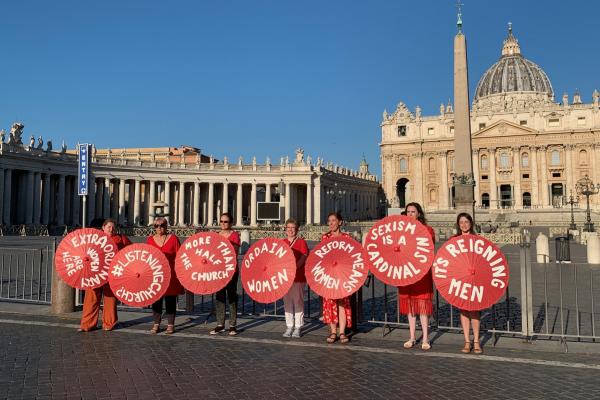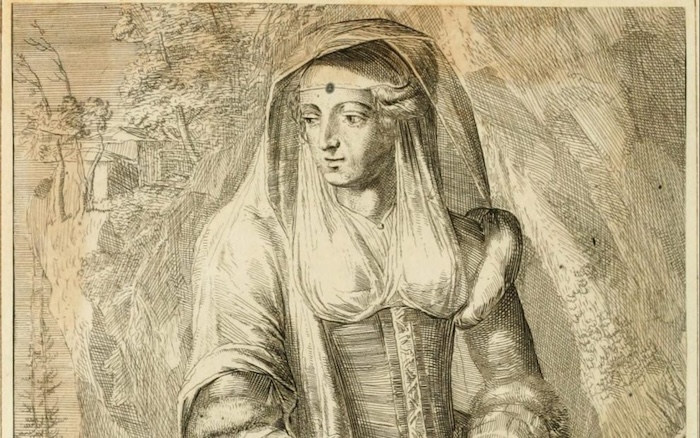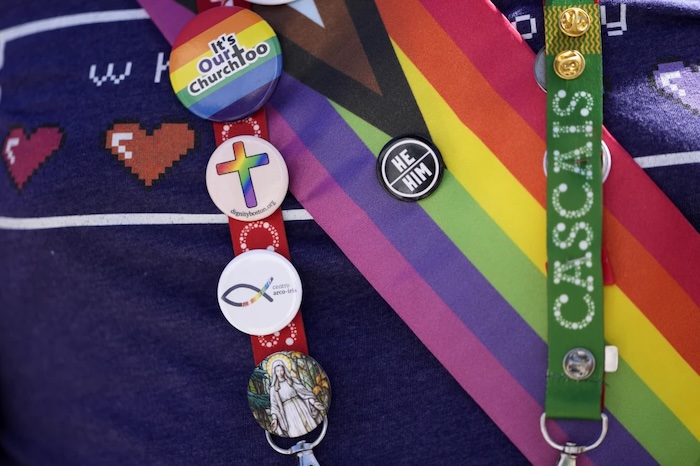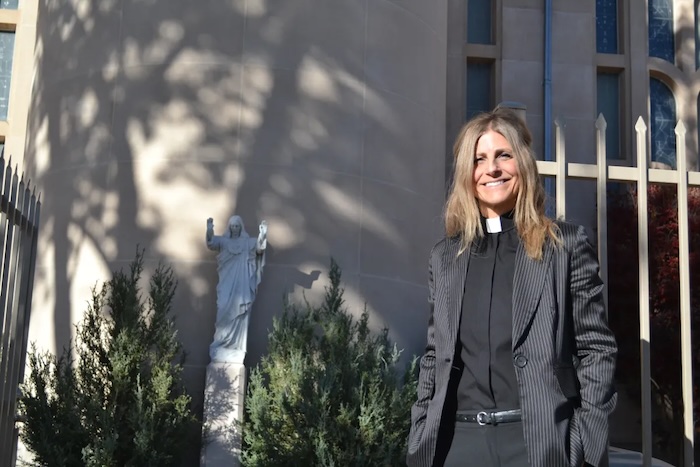— Catholic dogma continues to repudiate same-sex marriage and gender transition

By Associated Press
Even as Catholic dogma continues to repudiate same-sex marriage and gender transition, one of the most prominent religious orders in the United States — the Jesuits — is strengthening a unique outreach program for LGBTQ+ Catholics.
The initiative — fittingly called Outreach — was founded two years ago by the Rev. James Martin, a Jesuit who is one of the country’s most prominent advocates for greater LGBTQ+ inclusion in the Catholic Church.
Outreach, a ministry of the Jesuit magazine America, sponsored conferences in New York City in 2022 and 2023, and last year launched a multifaceted website with news, essays and information about Catholic LGBTQ+ resources and events.
On Tuesday, there was another milestone for Outreach — the appointment of journalist and author Michael O’Loughlin as its first executive director.
O’Loughlin, a former staff writer at online newspaper Crux, has been the national correspondent at America. He is the author of a book recounting the varied ways that Catholics in the U.S. responded to the AIDS crisis of the 1980s and ‘90s — “Hidden Mercy: AIDS, Catholics, and the Untold Stories of Compassion in the Face of Fear.”
O’Loughlin told The Associated Press he’s excited by his new job, viewing it as a chance to expand the range of Outreach’s programs and the national scope of its community.
“It’s an opportunity to highlight the ways LGBT people can be Catholic and active in parishes, ministries and charities,” he said. “There’s a lot of fear about to being too public about it. … I want them to realize they’re not alone.”
O’Loughlin says his current outlook evolved as he traveled to scores of places around the U.S. to promote his book, talking to groups of LGBTQ+ Catholics, and their families and friends, about how to make the church more welcoming to them.
Those conversations made O’Loughlin increasingly comfortable publicly identifying as a gay Catholic after years of wondering whether he should remain in the church. Its doctrine still condemns any sexual relations between gay or lesbian partners as “intrinsically disordered.”
The latest expansion of Outreach occurs amid a time of division within the global Catholic Church as it grapples with LGBTQ+ issues.
Pope Francis, a Jesuit who has met with Martin and sent letters of support to Outreach, has made clear he favors a more welcoming approach to LGBTQ+ people. At his direction, the Vatican recently gave priests greater leeway to bless same-sex couples and asserted that transgender people, in some circumstances, can be baptized.
However, there has been some resistance to the pope’s approach. Many conservative bishops in Africa, Europe and elsewhere said they would not implement the new policy regarding blessings. In the U.S., some bishops have issued directives effectively ordering diocesan personnel not to recognize transgender people’s gender identity.
Amid those conflicting developments, Martin and other Jesuit leaders are proud of Outreach’s accomplishments and optimistic about its future.
“There seems to be deep hunger for the kind of ministry that we’re doing, not only among LGBTQ Catholics, but also their families and friends,” Martin said by email from Ireland, where he was meeting last week with the the country’s Catholic bishops.
“Pope Francis has been very encouraging, allowing himself to be interviewed by Outreach and sending personal greetings to our conference last year,” Martin added. “Perhaps the most surprising support has been from several bishops who have written for our website, as well as some top-notch Catholic theologians who see the need for serious theological reflection on LGBTQ topics.”
Martin will remain engaged in Outreach’s oversight, holding the title of founder.
The Rev. Brian Paulson, president of the Jesuit Conference of Canada and the United States, evoked both Jesus and the pope when asked why his order had embraced the mission of Outreach.
“Pope Francis has repeatedly called leaders in the Catholic church to emulate the way Jesus spent his ministry on the peripheries, accompanying those who had experienced exclusion,” Paulson said email. “I think the work of Outreach is a response to this invitation.”
Paulson also said he was impressed by Martin’s “grace and patience” in responding to the often harsh criticism directed at him by some conservative Catholics.
There was ample evidence of Outreach’s stature at its conference last June at a branch of Fordham University in New York City. The event was preceded by a handwritten letter of support sent to Martin by Pope Francis, extending “prayers and good wishes” to the participants.
“It’s a special grace for LGBTQ Catholics to know that the pope is praying for them,” Martin said.
Another welcoming letter came from Cardinal Timothy Dolan, the archbishop of New York.
“It is the sacred duty of the Church and Her ministers to reach out to those on the periphery,” he wrote to the conference attendees.
The keynote speakers included Fordham’s president, Tania Tetlow, and the closing Mass was celebrated by Archbishop John Wester of Santa Fe, New Mexico.
Complete Article ↪HERE↩!




